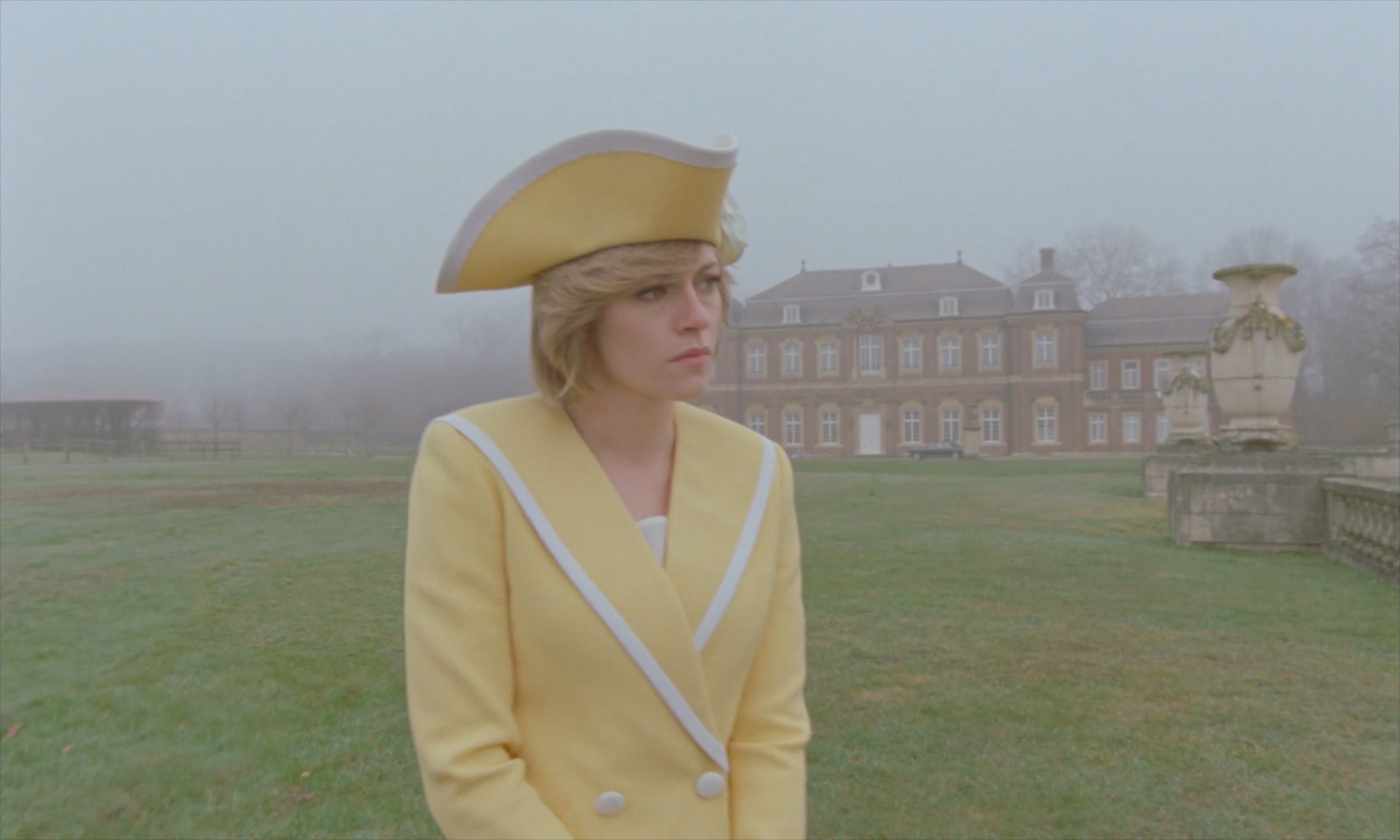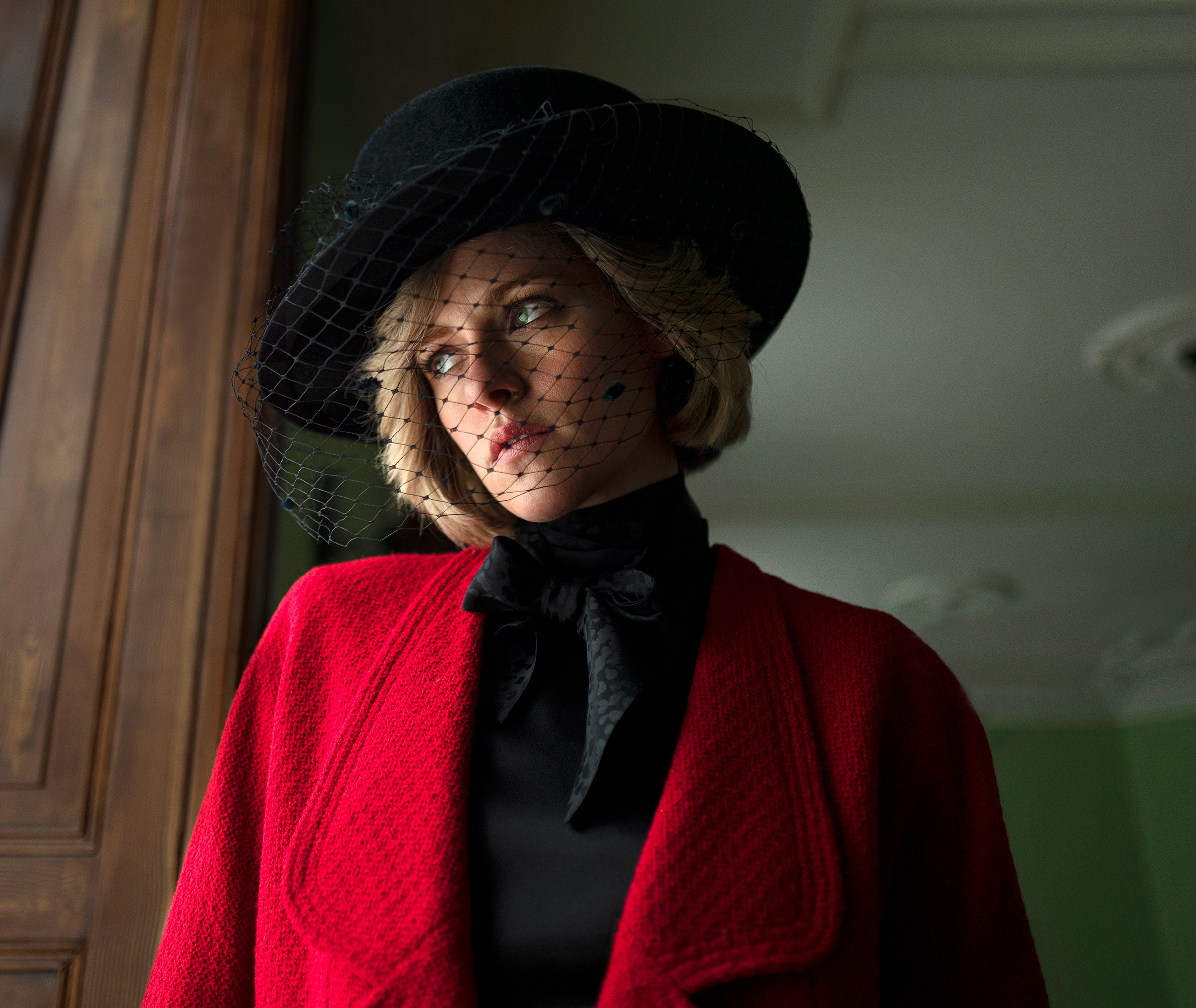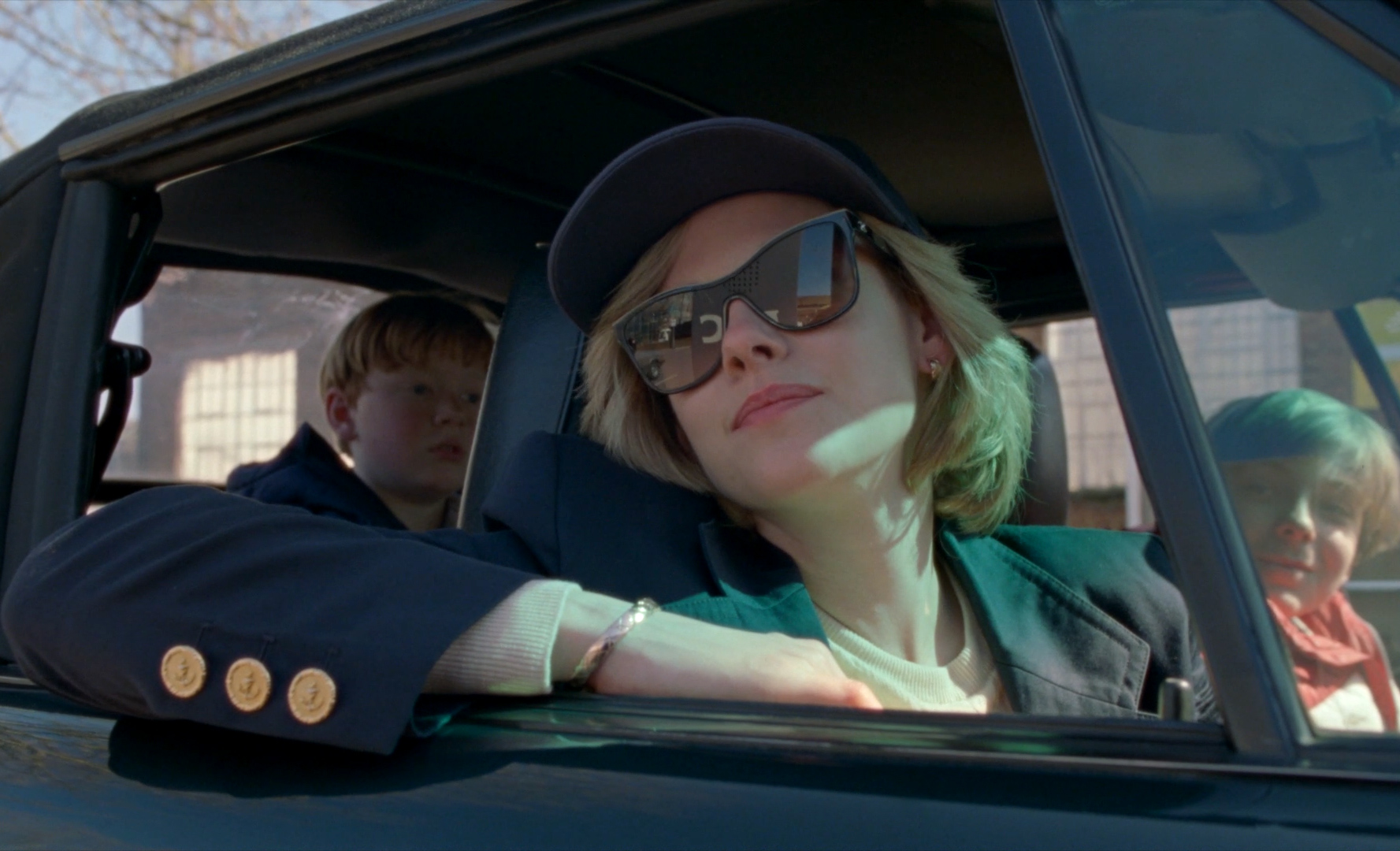As one of the most hypervisible women of her time, Princess Diana’s fashion choices always captured the attention of the public. But recently, over two decades after Diana’s untimely death, an influx of nostalgia-fueled fashion trends and multiple dramatizations of her story in pop culture have cemented her status as a true style icon.
The late princess, who spent half her life in the public eye as part of the royal family, was no stranger to the power of presentation—her royal wardrobe was as much about practicing fashion diplomacy as it was providing armor from the immense public scrutiny she faced. Fashion also allowed Diana to reclaim her narrative, especially in the later years of her life as she broke away from the constraints of the notoriously private palace. You can track her evolution from the innocent and diminutive bride of Prince Charles—who she married at age 20 wearing a fairy tale-esque gown—to the independent woman who wore a glamorous black velvet, off-the-shoulder mini “revenge dress” on the day he publicly admitted to infidelity, through her striking clothing choices.
The power of a transformative narrative like Diana’s, particularly one that can be so easily seen, has wielded tremendous cultural influence in recent years. In fashion, she’s everywhere, from Virgil Abloh’s Diana-inspired Off-White collection to GQ posthumously crowning her the “King of Street Style” in 2019. She holds the spotlight in several TV, theater and film adaptations of her story, the latest being Pablo Larraín’s Spencer, out on Nov. 5.

Kristen Stewart stars as Diana in the film’s experimental imagining of the princess’ inner conflict ahead of her separation from Prince Charles, during the 1991 Christmas holidays at Sandringham, one of the Royal Family’s country estates. While the film takes place over the course of just a few days, Diana’s dramatic character arc is illustrated through a wide range of costumes loosely inspired by the late princess’ wardrobe between 1988 and 1992. Spencer costume designer Jacqueline Durran tells TIME that Larraín was deeply invested in making sure that the clothing was an integral part of the film, but cautioned her against focusing on a specific date.
“[Pablo] was very specific about the clothes from the beginning,” she says. “And there was the sense that he really wanted to build the clothes and the sets to create the story he was telling altogether.”
To do this, Durran set the time frame, a pivotal period before the couple’s formal separation in December 1992, looking through thousands of photos of the princess to find clothing that best embodied how Diana would have presented herself both publicly and privately during a time of immense personal turmoil.
In the film, the costumes emerge almost as characters themselves—a conservative yellow dress reminiscent of one that Diana wore while on a royal tour conjures the ghosts of her past; an elaborate formal gown resplendent with beading and gold embellishment is a reminder of rigidity of royal life in the present; a pearl necklace gifted by Charles, a duplicate of which he’s given to his mistress, Camilla Parker-Bowles, literally and figuratively chokes Diana; and a sporty bomber jacket and blue jeans serve as talismans for the hard-won liberation she emerges with at the end of the movie, foreshadowing her future decision to give up her royal title.

In one memorable scene, Stewart’s Diana, suffocating under the rules of royal protocol, wearily eyes a huge rack of clothing marked to show with tags showing when she should wear each over the holiday weekend. Later, she breaks the rules, and defiantly wears a bright red coat (modeled after two real coats that Diana wore in real life) not intended for Christmas Eve services to church—a small taste of freedom.
Though each look in the film feels slightly familiar, Durran and her team deliberately created costumes that were not carbon copies of any real-life looks that Diana actually wore, to preserve Spencer as a work of fiction. Instead, Durran opted to create looks that were reminiscent of many of Diana’s more famous outfits, which she hoped would conjure “her aura” reflect the impressionism of the film.
“It wasn’t that we couldn’t have done exact replicas, but we didn’t really want to because we didn’t want it to be specific to our moment,” she says, noting that since Diana was such a public figure, any specific look would have been documented and easily identified. “There never really was a Diana without the limelight. So even when she was being herself, she was still just totally under the microscope.”

To Durran’s point, even Diana’s more casual looks—her famous bike shorts and sweatshirt pairings, the charity merchandise she sported as a passionate philanthropist, the Philadelphia Eagles jacket she wore to pick up her sons from school—were hardly off-duty, as much as they were presenting a different side of her to the public.
One of her more famous outfits, an oft-Instagrammed look referenced in the final scenes of Spencer, features Diana in a sweat suit set, tucking the sweatpants into a pair of tall boots, topping it with a dressy blazer and accessorizing with a jaunty baseball cap. An ensemble that represents Diana’s penchant for high-low fashion in her later years, free of the royal family, the outfit is a measured expression of relatable glamour as “the People’s Princess.” It shows a definite forging of her own path, away from the shadow of the palace. In both the film and in real life, though the fit is casual, the impact is clear: this was finally Diana’s story to tell.
More Must-Reads from TIME
- Caitlin Clark Is TIME's 2024 Athlete of the Year
- Where Trump 2.0 Will Differ From 1.0
- Is Intermittent Fasting Good or Bad for You?
- The 100 Must-Read Books of 2024
- Column: If Optimism Feels Ridiculous Now, Try Hope
- The Future of Climate Action Is Trade Policy
- FX’s Say Nothing Is the Must-Watch Political Thriller of 2024
- Merle Bombardieri Is Helping People Make the Baby Decision
Write to Cady Lang at cady.lang@timemagazine.com